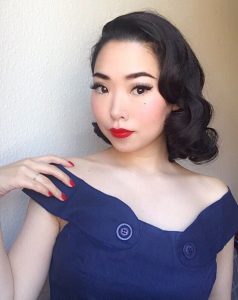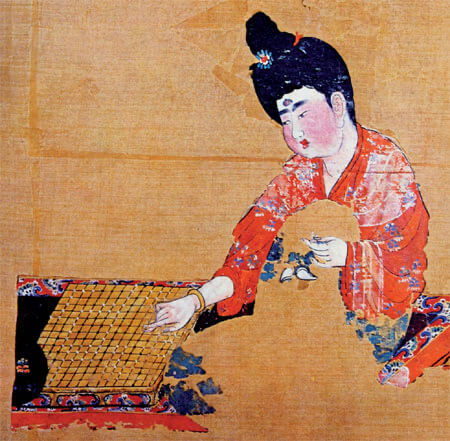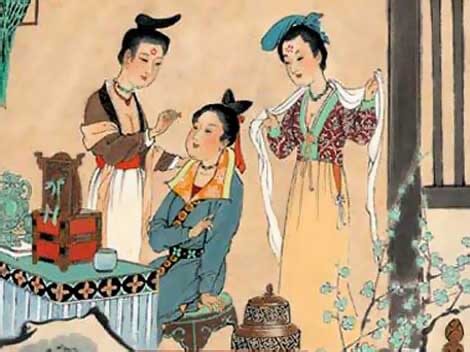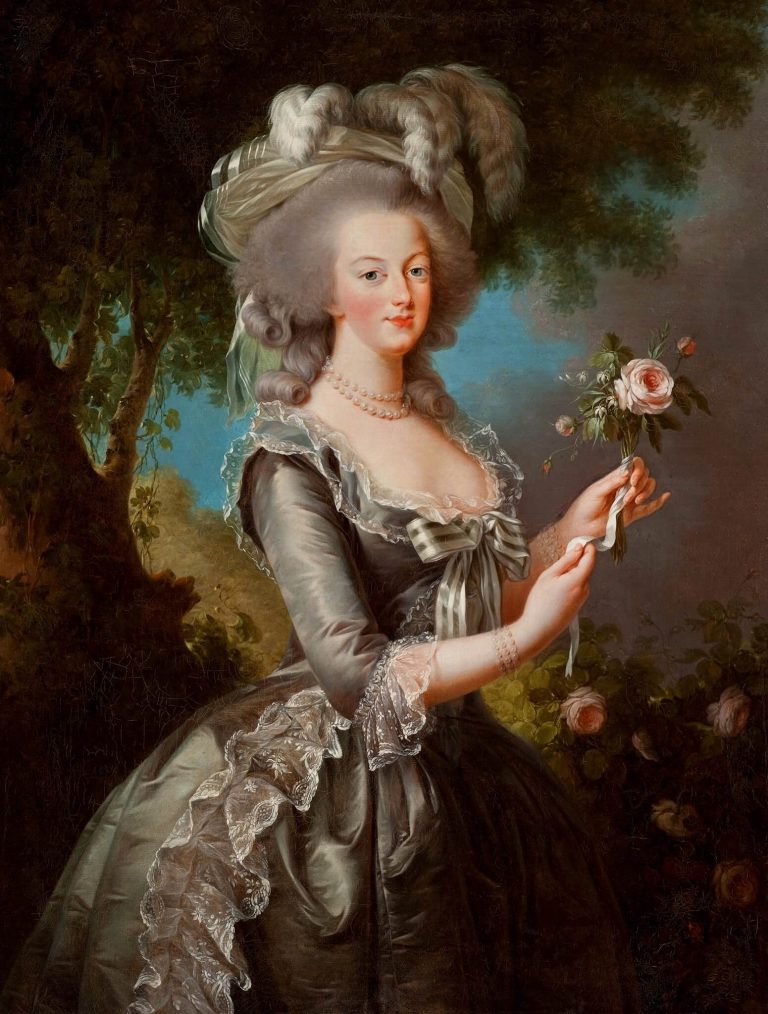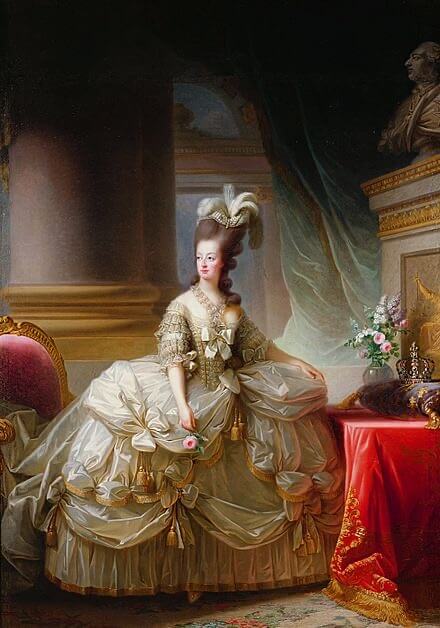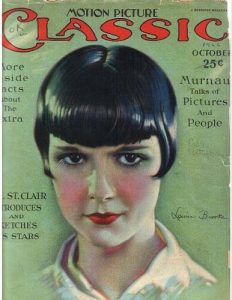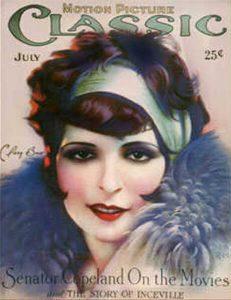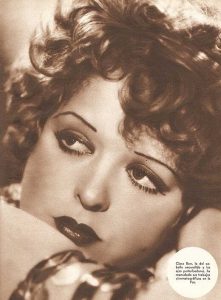The History of Blush:
Red. Life. Love.
Blush is one of the most important tools in our handbags for adding a touch of femininity to our faces. We brighten ourselves, draw attention to our beauty, and to our vivacity. Throughout history, women have used this ordinary powder to add something extraordinary to their image.
The history of blush goes back to the Tang dynasty (618-907) in China. Their empress Yang Guifei was a fashion leader for women and known as one of the four Chinese ancient beauties; Emperor Xuansong was infatuated with her dark, silky hair and peachy red skin. At the time, blush was made from dried Safflower. Yang Guifei painted her cheeks to look flushed, almost as if she were drunk, to enhance her seductiveness. She was a curvy woman and having a round face was one of the key elements to her beauty. Symbolically, red also had a very special meaning to the Chinese worship of the sun: the symbol of fire, blood, and life. Other women began to imitate her, using colour to paint their face to make it seem wider. They also painted their eyebrows very dark and arched; this dynamic contrast of red and black heightened the intended effect.
No history of blush would be complete without mentioning one of the most iconic women in fashion: Marie Antoinette. Known for her luxury fashion, decadent hair, and immaculate make-up, the last queen of France was an expert in the power of transformation. Her striking portraits are defined by the heavy, bright rouge on her cheeks. In the years before the Revolution, blush was an incredibly important part of make-up and the quintessential look of French nobility. Blush was worn daily and an exclusive, especially bright, class was reserved for use at Versailles: cinnabar, a mineral of toxic mercury. Even though it was damaging to their health, this blush was still worn, such was the significance of the look.
Despite its prevalence in history, make-up use was not widespread at the beginning of the modern era. However, the social upheaval caused by the First World War brought youth, fashion, and free spirits to the 1920s. Flappers wore heavy make-up, especially blush to emphasize their vitality and vigour. This new wave of fashion had a big impact on the cosmetic industry, which began to market new products for everyday use. The advertisement industry began using Hollywood film stars such as Clara Bow and Louis Brooks, looking for the opportunity to sell the perfect image.
Like Marie Antoinette, we wear our youth and health on our faces. Like Yang Guifan, we signal our beauty with red, red cheeks. The blush we apply, through different textures, powders, and techniques, brings vitality to our look. Love. Life. Red. Blush.

